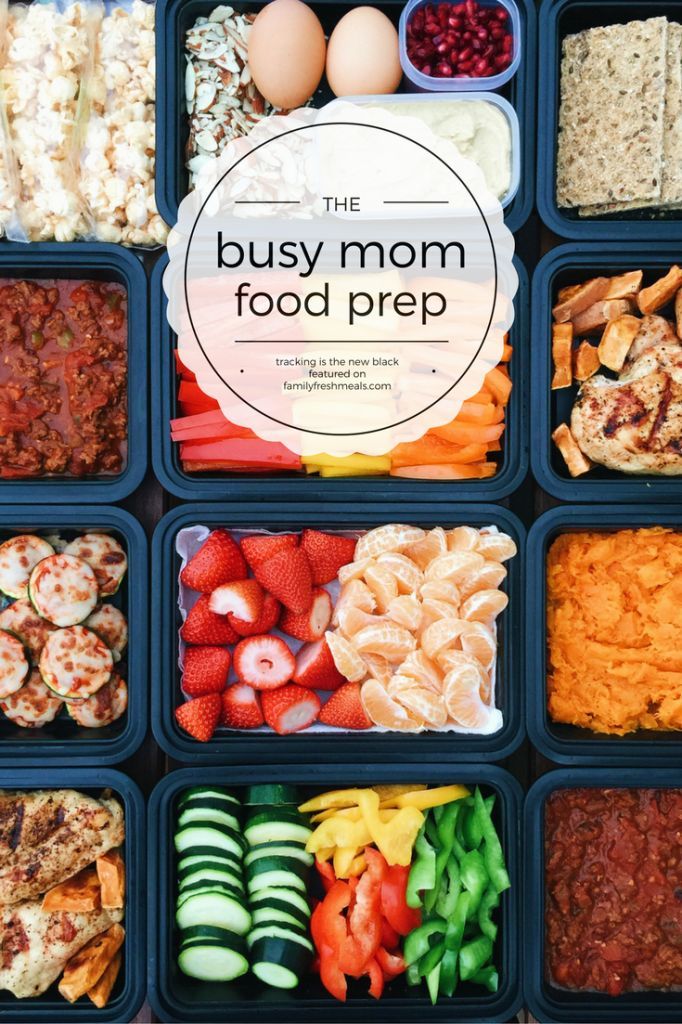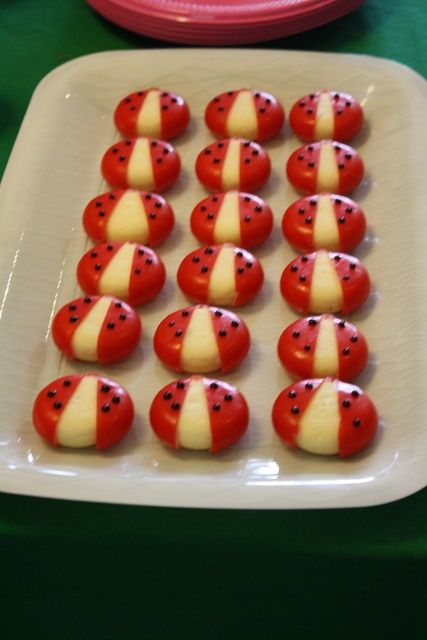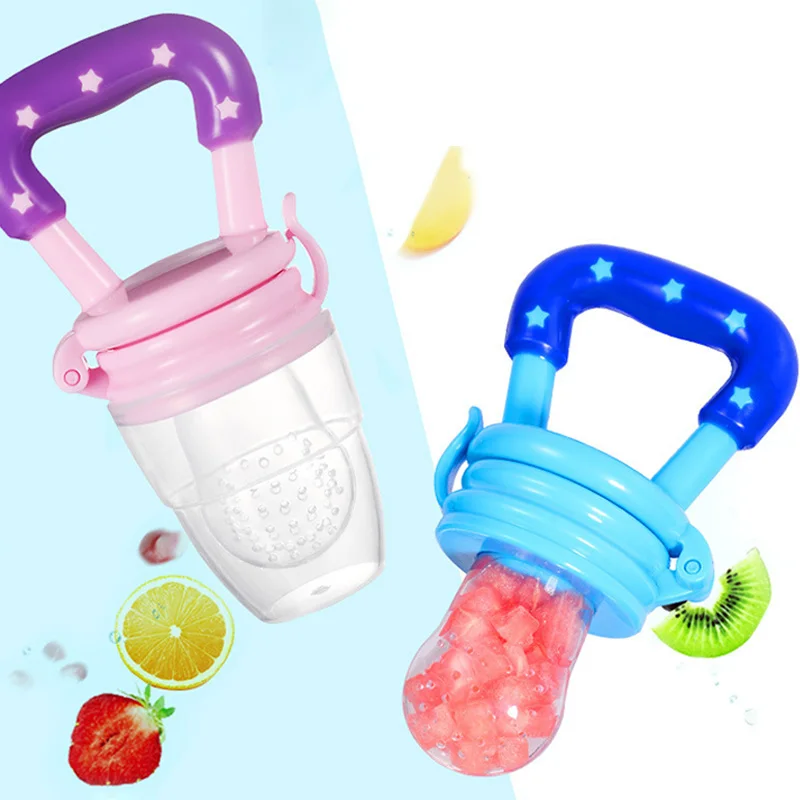Food prep before baby
How I'm Meal Prepping Before Baby
Getting ready for your baby’s arrival? Here are some healthy meals and snacks that you can prep and freeze in advance to make those first few weeks a bit easier!
Holy cannoli, I felt like baby girl was going to be here any minute back in August, but now it’s really here! I’m 39 weeks so she might make her arrival at any second. Besides working my buns off to get ahead on blog content so you all won’t miss me while I’m on maternity leave, I’m also prepping my freezer so Isaac and I have plenty of meals and snacks when we get home from the hospital.
This is similar to my meal prep philosophy, but for my baby prep I am focusing on breakfast, dinner and snacks. In general, I can throw together a healthy lunch pretty quickly or eat leftovers, but if I don’t have breakfast or snacks ready to go, I tend to reach for less healthy choices. Same goes for dinner… I know that if we don’t have something planned, we’ll end up ordering takeout or swinging by one of our local go-to spots for a prepared meal, so I’m getting ahead of the game!
Since we don’t know exactly when baby girl will arrive and because I don’t want to head to the kitchen to meal prep when I feel the first contraction (LOL can you imagine? I’m not that much of a meal prep lover…) I am mainly focusing on making things that I can prep in advance and freeze. We don’t have a huge freezer so I’m also just planning out ideas of items that I want to keep on hand for easy meals and snacks.
Luckily, we live in an area where we can get groceries delivered so I know we will continue doing that as well. I already place an order each week for recipe testing, but I feel like online grocery shopping is going to be my BFF once the babe arrives.
Here’s my Pre-Baby Meal Prep Plan
Since I was already writing ideas and figuring out my meal prep strategy for when the baby arrives, I figured it would be helpful to share it here for those of you who are expecting as well. I could also see these ideas being helpful for someone who is planning to have a surgery or knows that they have an extremely busy time coming up in their life. Meal prep like this can be a game-changer!
Breakfast Meal Prep
- Baked Oatmeal Cups – I love all my baked oatmeal recipes so I’ve made one full baked oatmeal recipe to freeze, but want to know what is even more convenient? Baked oatmeal cups.
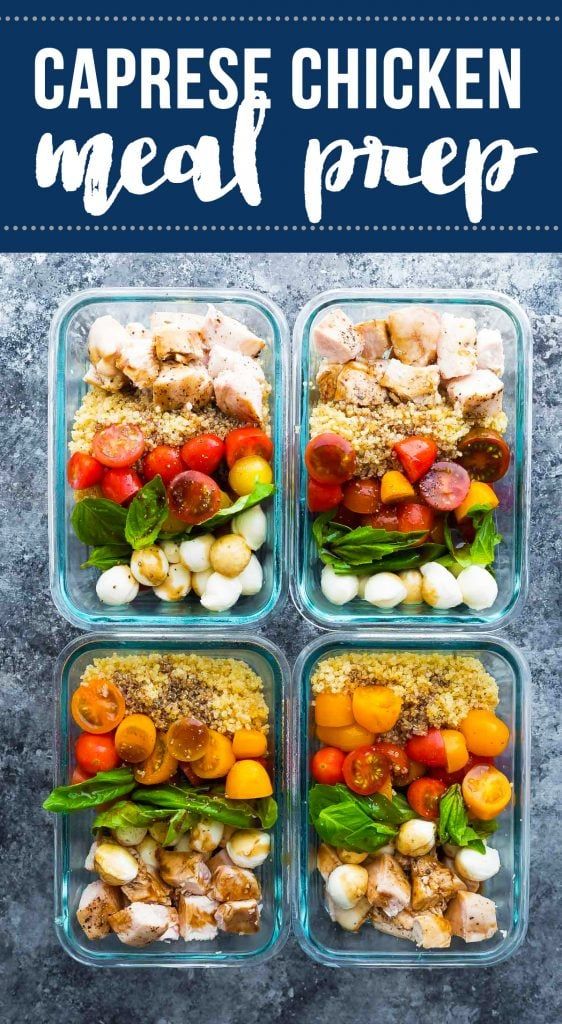 That’s right, you can prep baked oatmeal in muffin cups and then freeze them! I’ve already made a couple different flavors to freeze — the blueberry oatmeal cups and the apple oatmeal cups. When I want to enjoy one for breakfast or a snack all I have to do is take it out of the freezer the night before (or thaw in the microwave). I love these toasted in the toaster oven and topped with a little nut butter.
That’s right, you can prep baked oatmeal in muffin cups and then freeze them! I’ve already made a couple different flavors to freeze — the blueberry oatmeal cups and the apple oatmeal cups. When I want to enjoy one for breakfast or a snack all I have to do is take it out of the freezer the night before (or thaw in the microwave). I love these toasted in the toaster oven and topped with a little nut butter. - Egg Cups – Like baked oatmeal cups, these are made in a muffin tin so they’re already portioned out and easy to freeze.
- Granola – Storing granola in the freezer will allow it to stay fresh and extra crisp for a few months. I made a batch of hemp granola and have it frozen in 1 cup servings so I can take it out as needed and pair it with yogurt or chia pudding for a quick breakfast.
- Freezer Breakfast Burritos – I haven’t tried this yet, but my plan is to make a variation of these breakfast wraps and freeze them.
 I might also try to make some freezer-friendly breakfast sandwiches.
I might also try to make some freezer-friendly breakfast sandwiches.
Other Quick and Easy Breakfast Ideas
In addition to the freezer meals, I’ve been brainstorming other breakfast ideas that are quick and easy to prep, but don’t require freezing. These are things that I can easily throw together and eat with one hand (apparently this is really handy when you have a newborn). Some ideas include:
- Overnight Oats – I’ve made these so many times, I can basically make them in my sleep! I love these as a quick breakfast option because they’re so easy to prep the night before, but you can also double/triple the recipe to make a big batch that will last all week.
- Chia Pudding – With such simple ingredients and minimal prep work, I know that chia pudding is something I’ll easily be able to prep for breakfast (and snacks) once the baby arrives.
- Smoothies – I’m going to make sure that I have all my typical smoothie items on hand, including frozen fruit (and veggies), protein powder, chia seeds, hemp seeds, etc.
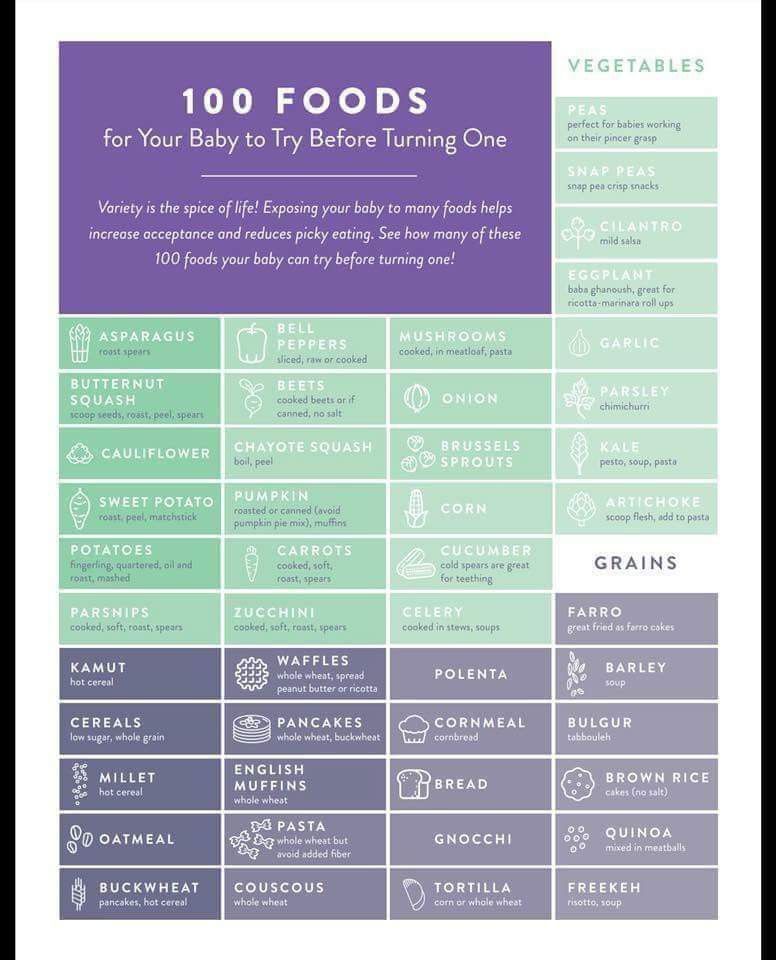 I’m sure I’ll have this health nut smoothie on repeat. I didn’t plan this far in advance, but you could also make and freeze smoothie packs that you can simply dump into the blender with liquid!
I’m sure I’ll have this health nut smoothie on repeat. I didn’t plan this far in advance, but you could also make and freeze smoothie packs that you can simply dump into the blender with liquid!
Snack Meal Prep
- Protein Balls – Did you know that protein balls and energy balls can be frozen? That’s right, those protein packed snacks can be prepped ahead of time and put in the freezer to last for months. I am going to make a bunch of these protein balls before baby comes so I have a good variety of snacks for the first few weeks.
- Lactation Cookies and Lactation Bites – Earlier this fall I developed recipes for healthy lactation cookies and lactation bites to help with milk supply for breastfeeding. We tested around five batches so I have two freezer bags of these ready to go.
- Trail Mix – If you know me you know that I love to snack on trail mix, so I’ll be sure to make a few batches of homemade trail mix ahead of time.
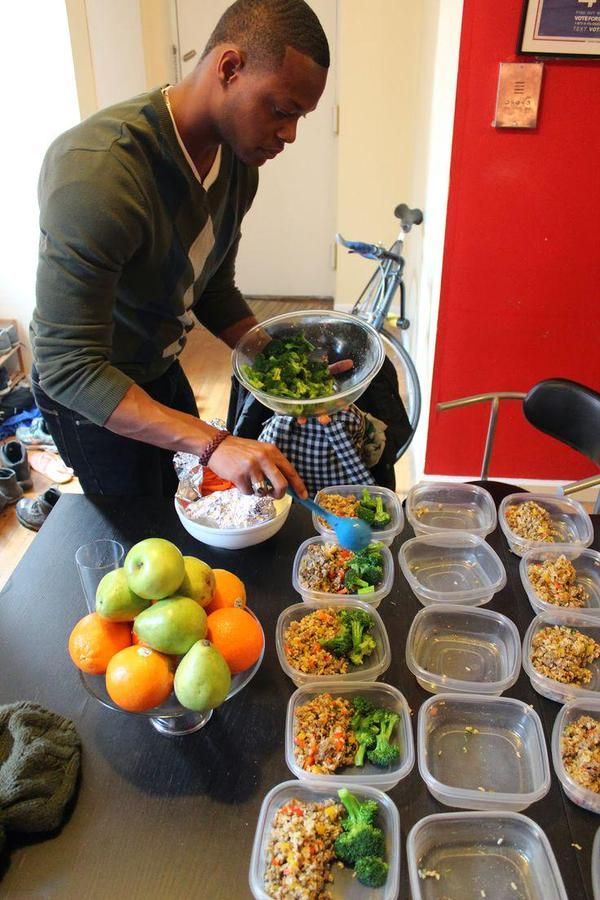 Trail mix lasts a long time in the pantry so I can easily make a couple big batches in advance. Lately I’ve been loving dried mango so I think I’ll make this mango curry trail mix and my pizza trail mix.
Trail mix lasts a long time in the pantry so I can easily make a couple big batches in advance. Lately I’ve been loving dried mango so I think I’ll make this mango curry trail mix and my pizza trail mix. - Granola – Luckily granola can easily work for breakfast or a snack so I’ll have granola on hand for snacking as well.
Fresh Snacks to Have on Hand
In terms of perishable snacks that I plan to keep on hand, here’s what I’m thinking:
- apples or bananas and nut butter
- hummus and veggies (buy them pre-chopped for ease)
- hummus and almond flour crackers (I love Simple Mills almond flour crackers too)
- hard-boiled eggs
Healthy Dinner Meal Prep
For dinners, I want to make a variety of meals that we can easily heat up without any extra prep or thought. Isaac actually knows his way around the kitchen, but I know we’ll both have to adjust to taking care of a new human in our home, so I’m doing my best to keep meal prep simple for both of us!
There are two types of freezer meals when it comes to dinner: you can prep the entire meal, bake it, let it cool and then freeze it OR you can meal prep the meal, freeze it and then bake it for the first time when you’re ready to enjoy it. I personally prefer the second option – the textures and flavors are usually better – but there are some cases where it makes sense to prep and freeze the full meal.
I personally prefer the second option – the textures and flavors are usually better – but there are some cases where it makes sense to prep and freeze the full meal.
Here’s what I’m thinking:
- Vegetarian Slow Cooker Freezer Meal Prep – In this post I have four different vegetarian recipes that are easily prepped in freezer bags, so all you have to do is throw the ingredients into your slow cooker. They’re all awesome, but I especially love the red lentil stew with butternut squash, cheesy Mexican quinoa and sweet potato chili. I’m definitely prepping the cheesy Mexican quinoa!
- Black Bean Soup – Soups are such a great option and this black bean soup is delicious and freezes well. I already have a bag of it in the freezer.
- Falafel – These baked falafels are super easy to whip up and can easily be frozen.
- Black Bean Burgers – Of course you can buy packaged frozen veggie burgers, but I love making my own and freezing them.
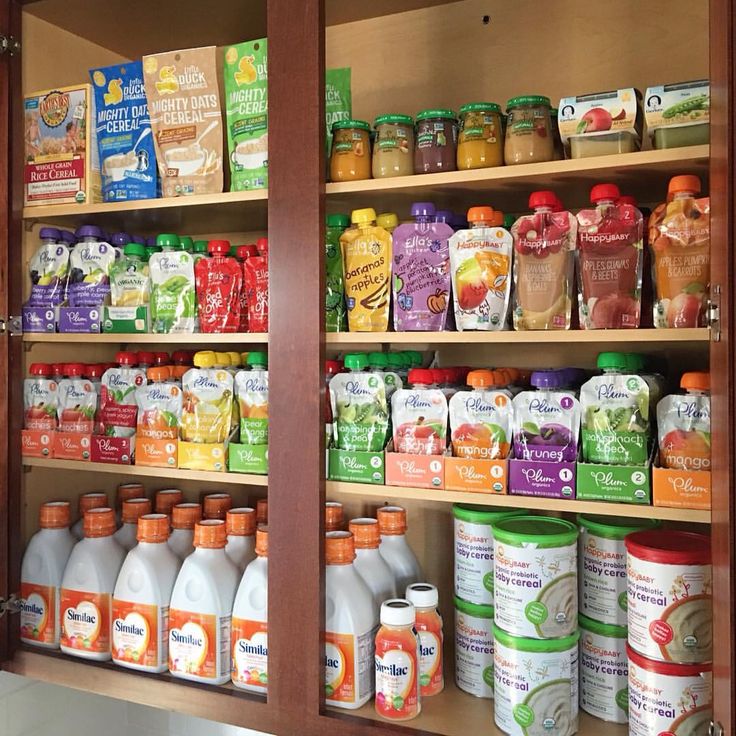 For these black bean burgers I would recommend cooking them, letting them cool and then freezing. For reheating, let them thaw in the fridge and then reheat on the stovetop or in a toaster oven.
For these black bean burgers I would recommend cooking them, letting them cool and then freezing. For reheating, let them thaw in the fridge and then reheat on the stovetop or in a toaster oven. - Teriyaki Chicken – I’m going to prep all the ingredients (raw chicken + the marinade) in a freezer bag so I can thaw and toss this in the slow cooker for an easy meal.
- Sweet Potato and Black Bean Freezer Burritos – I haven’t tried this recipe yet, but they seem delicious and like a great option to prep and freeze.
- Freezer Friendly Chicken Marinades – I haven’t decided which of these I want to try, but I’m going to pick two and make them!
- Egg Casserole – Egg casseroles and frittatas can be frozen for 2-3 months. I might freeze these in individual servings so they’re easy to thaw and reheat when we need them.
Quick and Easy Dinner Ideas
- Pasta with Sauce – This is a pantry staple recipe that we fall back on when we’re in need of a quick and easy meal.
 I like to keep the pantry stocked with a couple packs of dry pasta and a couple jars of sauce. I really like using legume-based pastas for extra protein and that way I don’t feel the need to add an additional protein source. Lots of times I’ll just roast broccoli to pair with the pasta and we’ll top it with a little cheese.
I like to keep the pantry stocked with a couple packs of dry pasta and a couple jars of sauce. I really like using legume-based pastas for extra protein and that way I don’t feel the need to add an additional protein source. Lots of times I’ll just roast broccoli to pair with the pasta and we’ll top it with a little cheese. - Cauliflower Fried Rice – I always have a couple bags of cauliflower rice and stir-fry veggies in the freezer so whipping up cauliflower fried rice is a breeze. The only other things needed are eggs and ingredients to make the sauce, like tamari and sriracha.
- Breakfast for Dinner – Whenever I have no idea what to make for dinner I know I can fall back on breakfast for dinner. Usually I’ll just cook up 2 eggs and make a batch of roasted sweet potatoes to have on the side or make a slice of avocado toast with 2 eggs.
- Stir-Fry – Sometimes I’ll follow a recipe for this, but it’s essentially just veggies, protein of choice and teriyaki sauce (homemade or store-bought) stir-fried.
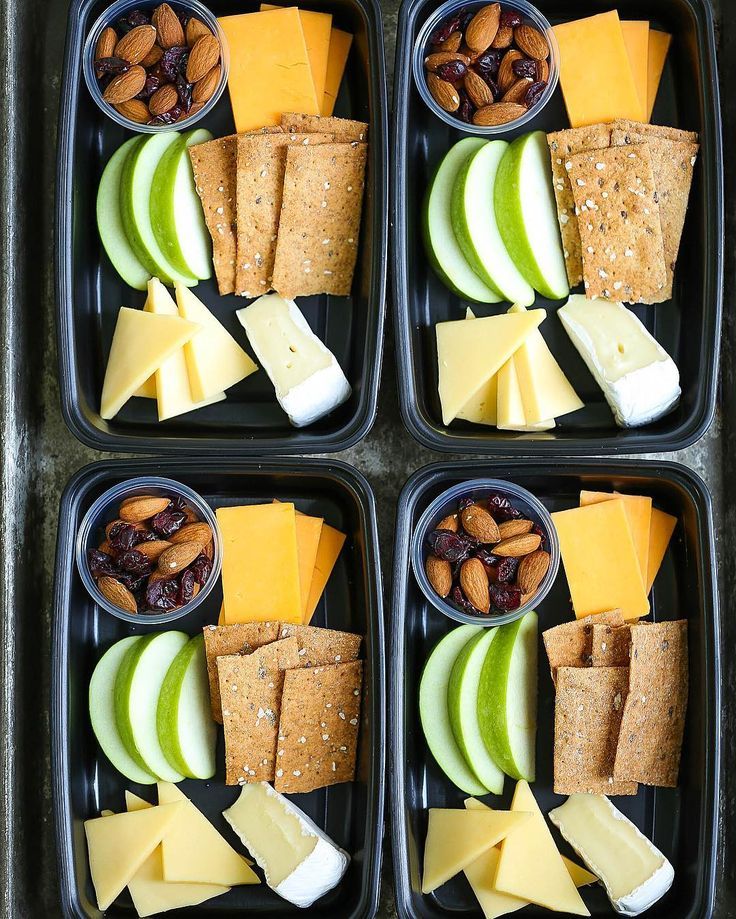 Serve over whatever rice you like.
Serve over whatever rice you like. - Grain Bowl – Farro, quinoa or rice, mixed veggies (these roasted root veggies are great) and protein of choice (I love my apple cider vinegar chicken). I like to keep frozen quinoa and rice on hand for easy bowl meals like this.
- Meal Sized Salad – Greens topped with chopped veggies (whatever you have in the fridge), protein of choice, 1-2 Tablespoons of cheese, avocado and dressing of choice. If there’s no time to make a homemade dressing, I’ll purchase one of my favorite healthy store-bought salad dressings to have on hand.
- Sheet Pan Meals – I have a ton of sheet pan meals that are super easy to whip up and don’t require much in the way of clean up. This chicken sausage sheet pan meal, these sheet pan shrimp fajitas and this vegetarian sheet pan meal with butternut squash and tofu are my favorite sheet pan meals at the moment.
What More Baby Meal Prep Ideas? Check Out These Posts:
- 12 Healthy Freezer Meals
- How I Stocked My Freezer Before Baby
- 20 Freezer Meals to Make Before Baby
More Interesting Articles:
- Most-Used Newborn Essentials
- Postpartum Essentials
- 18 Breastfeeding Snacks for New Mamas
- 100+ Soy-Free Dairy-Free Recipes for Nursing Mamas
Lactation Cookies {to Boost Milk Supply}
Healthy lactation cookies made with ingredients to help boost milk production and supply for breastfeeding.
Vegan + gluten-free.
Before I was even pregnant, I remember looking up lactation cookie recipes to make for friends and I had a really hard time finding any recipes that were actually healthy and not loaded with sugar and white flour. So I created my own!
Knowing that some mamas need to be dairy-free + soy-free and/or gluten-free, I created a lactation cookie that’s vegan, gluten-free and still delicious! When recipe testing for these cookies, I made several batches to make sure they were perfect.
Lucky for me, this meant that I had plenty on hand to freeze as part of my pre-baby meal prep. I also had Isaac taste-test them just to be sure the flavor was good and he LOVED them too!
Spoiler alert: it is fine for men to eat these cookies… they won’t start lactating. But feel free to tell your hubby that they will make him lactate if you want to keep all the cookies for yourself. 😉 It can be our little secret.
Foods That Help Increase Milk Supply
As soon as I found out I was pregnant, I started thinking about breastfeeding and knew I wanted to at least try it.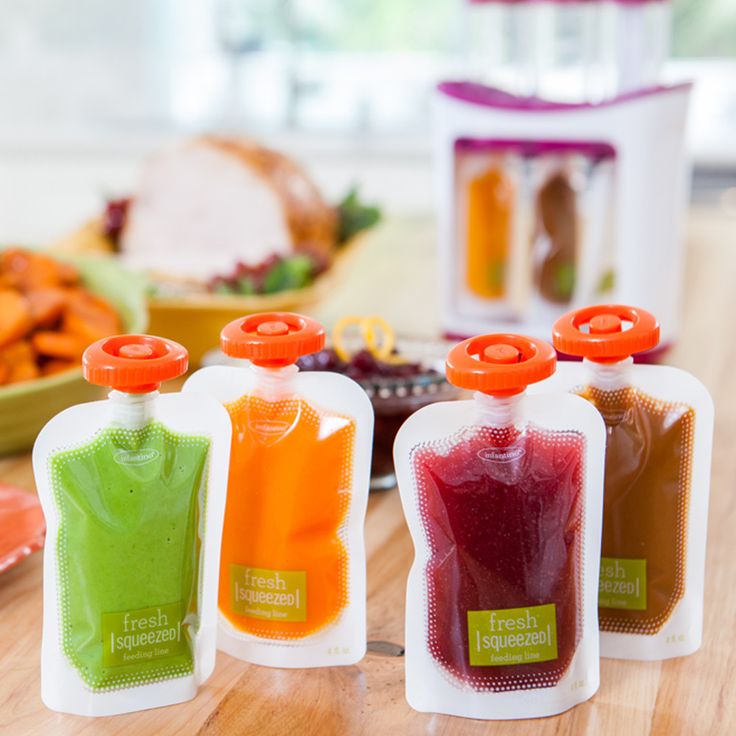
I know women have vastly different experiences with this, so I wanted to go into it with an open mind, but also as prepared as possible. I researched which foods are best to keep your milk supply up and help with milk production. Here’s a little list of the foods I found:
- Oats – One of the reasons for decreased milk supply is low iron levels. Oats are super high in iron so some studies have shown that oats help with milk production.
- Barley – Whole barely is the richest dietary source of beta-glucan, a polysaccharide that has been shown to increase prolactin (aka the breastfeeding hormone).
- Brewer’s yeast – It is packed with vitamin B, iron, zinc, magnesium and potassium. It has a lot of benefits, but you should check with your doctor before adding brewer’s yeast to your diet. It can interact with a variety of medications and can cause some unwanted side effects. You can learn more about brewer’s yeast in my lactation bites post.

- Flaxseed – Flaxseed is high in omega-3 fatty acids (which are great for baby) and it also contains phytoestrogens that can influence breast milk production.
- Fennel – Like flaxseed, fennel and its seeds contain phytoestrogens, which are known to help with milk production. If you’re looking for ways to include whole fennel in your diet, I love these recipes: crackling cauliflower, fennel salad and orange tofu with fennel.
- Fenugreek seeds – Both fenugreek seeds and fennel can be found in Mother’s Milk tea.
These lactation cookies have three key ingredients to help with milk production — oats, brewer’s yeast and flaxseed!
Can I Make Lactation Cookies in Advance?
Yes! Like I said, I ended up making several batches while recipe testing these cookies. See my storage tips below but the cookies are best stored in the fridge for freezer for more long-term storage.
I gifted a few to friends who had babies, but I also popped a bunch in a freezer bag and froze them until I was ready to enjoy.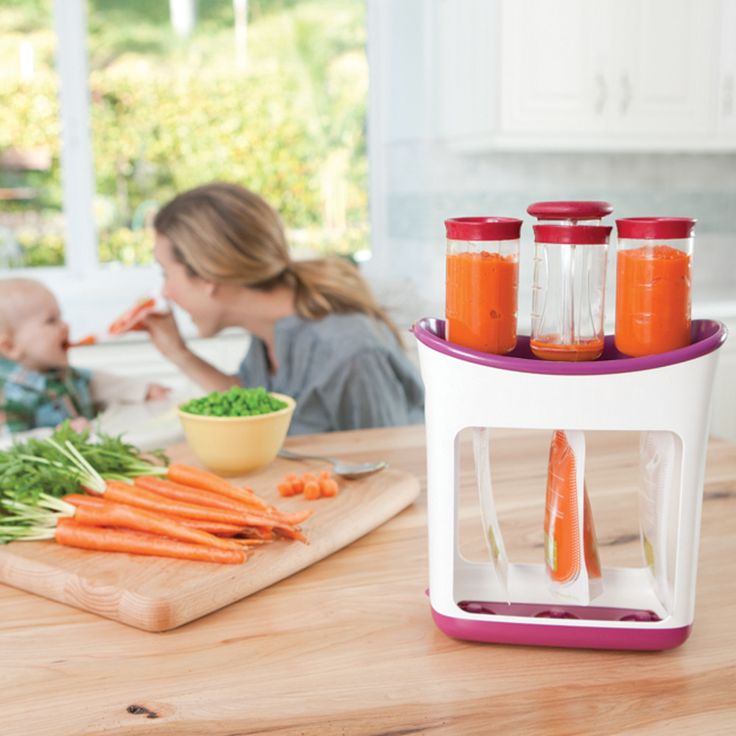 They held up just fine and I had peace of mind knowing I had some prepped for when I needed them.
They held up just fine and I had peace of mind knowing I had some prepped for when I needed them.
They honestly saved me when Olivia was in the hospital for a few weeks after her heart surgery. I was pumping every 2-3 hours and these cookies were one of my favorite snacks! And I swear they helped with my supply.
Ingredients in Lactation Cookies
You only need 10 ingredients for these lactation cookies!
- quick cooking oats and oat flour – as I mentioned above oats are known to help with milk production so they’re the perfect base for these cookies.
- brewer’s yeast – almost every lactation cookie has brewer’s yeast because it’s one of the best foods to help with breast milk supply. It is packed with vitamin B, iron, zinc, magnesium and potassium.
- cinnamon and sea salt – two flavor enhancers for these cookies.
- coconut oil – we’re using this in place of butter.
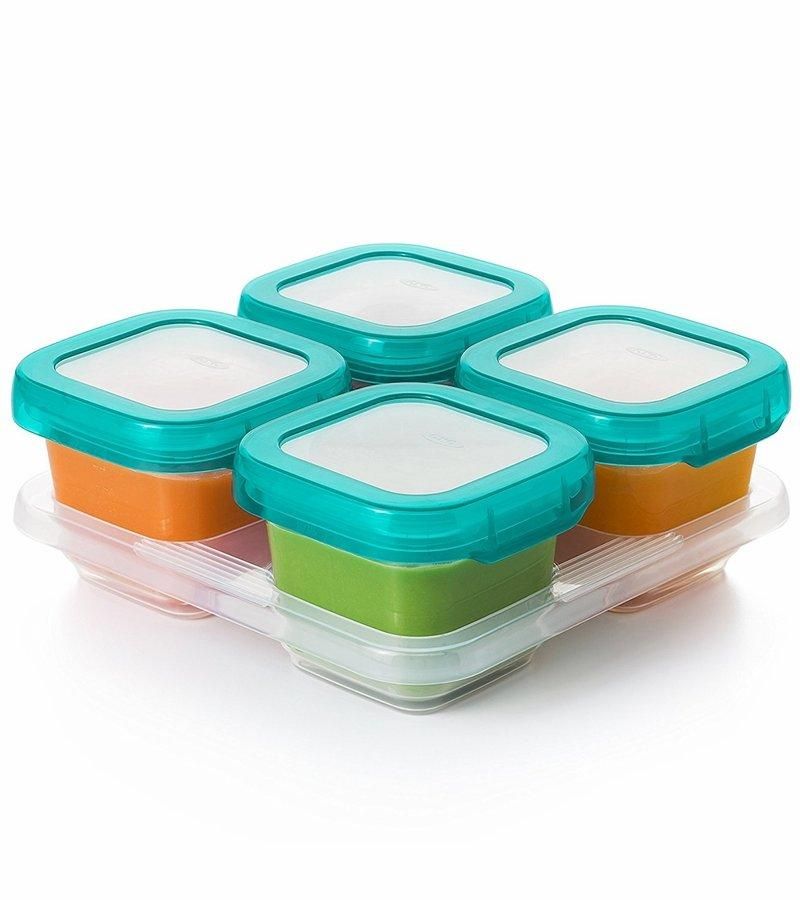 Feel free to swap this for melted vegan butter and if you don’t need the cookies to be dairy-free, you can use melted butter.
Feel free to swap this for melted vegan butter and if you don’t need the cookies to be dairy-free, you can use melted butter. - coconut sugar – I personally love coconut sugar but organic brown sugar works too
- ground flaxseed – we’re using a flaxseed egg in place of a regular egg here, but you can use a regular egg if desired.
- vanilla extract
- chocolate chips (dairy-free, if needed)
How to Make Healthy Lactation Cookies
This recipe is based off my healthy oatmeal cookies – which are super simple and delicious!
For these cookies, you’ll start by making your flax eggs by whisking together ground flaxseed and water. Prep two baking sheets by spraying with cooking spray or lining with parchment paper.
In a medium bowl, mix together your dry ingredients: the oats, oat flour, brewer’s yeast, baking soda, baking powder, cinnamon and salt. In a separate bowl, mix together the wet ingredients: the oil, sugar, flaxseed eggs and vanilla extract until smooth. Add the dry ingredients to the wet ingredients and stir until just combined. Gently stir in the chocolate chips.
In a separate bowl, mix together the wet ingredients: the oil, sugar, flaxseed eggs and vanilla extract until smooth. Add the dry ingredients to the wet ingredients and stir until just combined. Gently stir in the chocolate chips.
Take about a tablespoon of dough and round into a cookie, placing about two inches apart on the baking sheet. Press each cookie down with a fork a bit to make more of a cookie shape. Bake for 10 minutes or until golden brown. The cookies may seem a little soft but don’t over bake or they’ll get too crisp. They will continue to set as they cool.
How to Store Lactation Cookies
Store these cookies in an airtight container at room temperature for 2-3 days, in the fridge for up to 10 days or in the freezer for up to 3 months.
More Recipes to Help with Milk Supply
- Lactation Smoothie
- Lactation Bites
- Easy Strawberry Banana Baked Oatmeal
- Savory Oatmeal
- Pumpkin Oatmeal Cookies
- Cinnamon Oatmeal Cookie Smoothie
- Protein Overnight Oats
- Lactation Brownies
Be sure to check out my full list of the best breastfeeding snacks and all of my healthy snack recipes!
The Best Lactation Cookies {for Milk Supply}
5 from 258 votes
Healthy lactation cookies made with ingredients like oats, flaxseed and brewer’s yeast… all known to help boost milk production and supply for breastfeeding.
Print Recipe Pin Recipe
Prep Time 15 minutes
Cook Time 10 minutes
Total Time 25 minutes
Servings 24
- 2 ¼ cups quick cooking oats
- ¾ cup oat flour
- 3 Tablespoons brewer’s yeast
- ½ teaspoon baking soda
- ½ teaspoon baking powder
- ½ teaspoon cinnamon
- ¼ teaspoon sea salt
- ½ cup melted coconut oil
- 1 cup coconut sugar, organic brown sugar works too
- 2 Tablespoons ground flaxseed + ⅓ cup water*
- 1 teaspoon vanilla extract
- ½ cup chocolate chips, dairy-free, if needed
Preheat oven to 350°F.
Make flax eggs by whisking together ground flaxseed with water. Set aside.
Spray two baking sheets with cooking spray or line with parchment or Silpat and set aside.
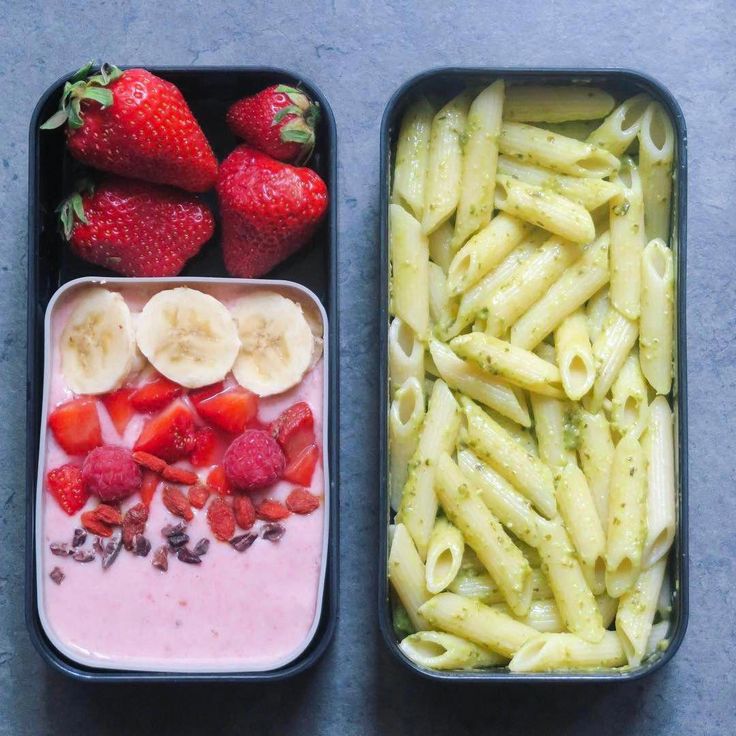
In a medium bowl, mix together oats, oat flour, brewer's yeast, baking soda, baking powder, cinnamon and salt. Set aside.
In a large mixing bowl mix together oil, sugar, flaxseed eggs and vanilla until smooth. Add dry ingredients into the bowl with the wet ingredients and stir until just combined. Gently stir in chocolate chips.
Using a spoon or cookie scoop, drop cookie dough by rounded tablespoonfuls about 2 inches apart on baking sheets. Press each cookie down with a fork a bit.
Bake for 10 minutes, or until golden brown. The cookies may seem a little soft, but do not over bake or they’ll get too crisp. Remove from oven and let cool on sheet for about 5 minutes or until they start to harden up a bit. At this point you can transfer the cookies to a wire rack to cool completely.
Store cookies in an airtight container in the fridge for up to 10 days or in the freezer for up to 3 months.
- Eggs: If you don’t have flaxseed feel free to use 2 large eggs instead.

- Quick oats: If you don’t have quick oats on hand, you can quickly process rolled oats in your food processor for 30 seconds or until they are the texture of quick oats.
Serving: 1cookie Calories: 155kcal Carbohydrates: 22g Protein: 2g Fat: 7g Saturated Fat: 5g Polyunsaturated Fat: 1g Cholesterol: 2mg Sodium: 63mg Fiber: 2g Sugar: 13g
Author: Brittany Mullins
Course: Dessert
Cuisine: Cookies
Keyword: lactation cookies
DID YOU MAKE THIS RECIPE?
Please leave a comment and star rating on this post and share on social media using the hashtag #eatingbirdfood. I love seeing your recipe shares!Cooking food for a child - healthy and safe food
Submitted by useradmin on Thu, 08/12/2021 - 21:23
Basic cooking tips:
- Cook for your child yourself.
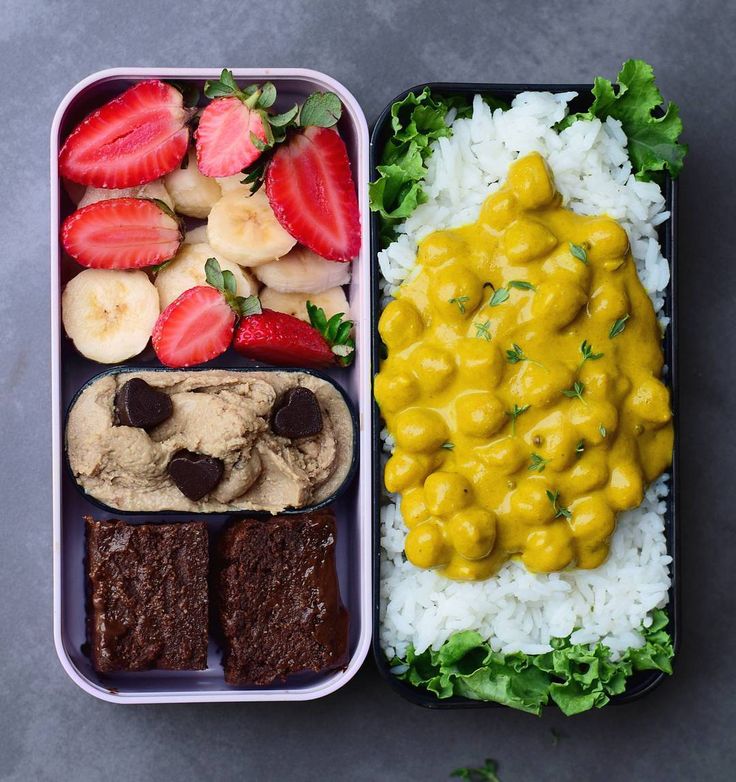
- Use prepared purees only in exceptional cases (travel, urgent business).
- Prepared baby food may contain too much fat, sugar or preservatives; the taste or texture may differ from the taste of natural local products; It is important for your baby to get used to the natural taste of food.
- Do not add salt or sugar to baby food; if you are preparing a meal for the whole family, separate the children's portion before adding salt and spices.
- Make sure the food you buy is properly packaged and check the expiration date. Do not eat food after the expiration date.
- Choose fresh foods, store and cook them in a way that retains as much of their nutritional value as possible.
- Storing vegetables and fruits in the refrigerator for a long time, long cooking, cooking in a large amount of liquid do not contribute to the preservation of vitamins.
- Fruits and vegetables should be thoroughly washed under running water, especially those that grow close to the soil.
 Peel the fruit (although the skin contains the most vitamins, pectin and other beneficial ingredients, it also contains the most pesticides and other chemicals that are inevitably processed in industrially grown fruits).
Peel the fruit (although the skin contains the most vitamins, pectin and other beneficial ingredients, it also contains the most pesticides and other chemicals that are inevitably processed in industrially grown fruits). - Always puree fresh vegetables whenever possible. But it will not be a mistake if you use frozen vegetables.
- The child must have their own cutlery.
Tips for safe food preparation and storage
Cleanliness
Wash your hands before touching food and often while preparing food. Wash your hands and your baby's hands before feeding. Cook on a clean surface using clean utensils. Protect your kitchen and food from insects, pests and other animals.
Separate raw and cooked foods
Do not mix raw foods, especially meat, with foods that have already been cooked or will not be used for cooking. For raw food, use special utensils and utensils such as knives and cutting boards. Store foods in closed containers to avoid contact between raw and cooked foods.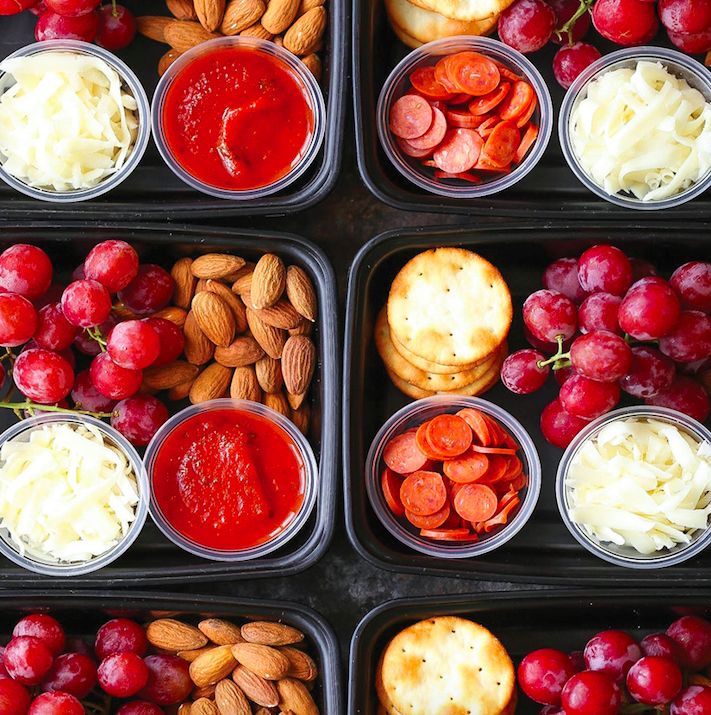
Pass the heat treatment
Cook food for a long time, especially meat, poultry, eggs and seafood. Bring soups and stews to a boil. When cooking meat and poultry, make sure that the liquid that comes out of them is clear and not red. Reheat cooked food long enough. Bring to a boil or heat until too hot to touch. Stir while heating.
Take care of food safety
To prevent infections (especially salmonella), do not give small children soft-boiled eggs or foods containing raw eggs (creams, ice cream, mayonnaise). Do not offer unpasteurized milk or fermented milk products to children. Store dairy products in the refrigerator and monitor their expiration dates.
Keep food at a safe temperature
Cooked food should not be stored at room temperature for more than two hours. Ready-made products can be stored in the refrigerator in closed containers for no more than 24 hours. Freshly made puree can be frozen and stored in small bowls for up to three weeks.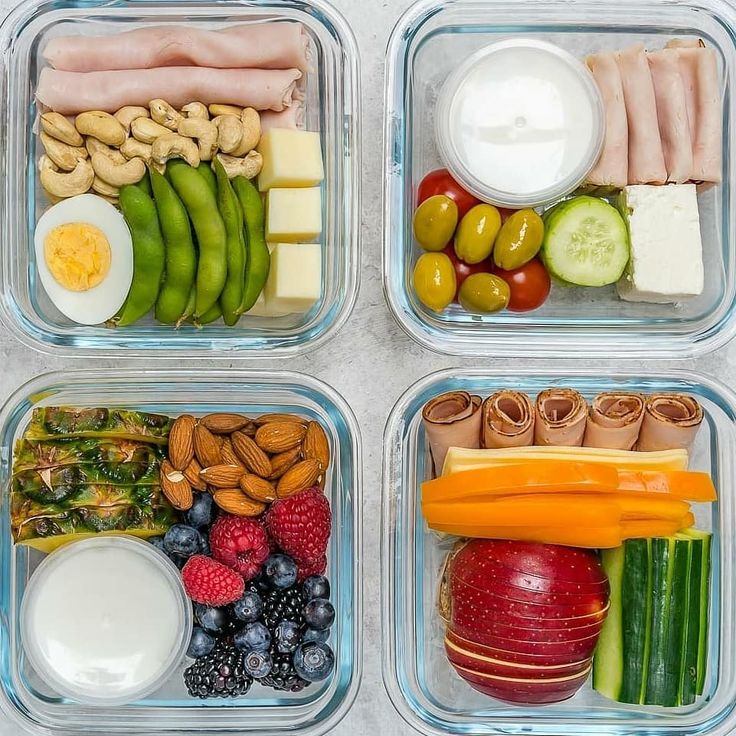 Do not defrost frozen foods at room temperature.
Do not defrost frozen foods at room temperature.
Always consider child safety
Some products are dangerous for children due to the risk of suffocation and should not be given to children under four years of age. These foods include peanuts, almonds, hazelnuts, seeds, popcorn, hard candy, whole grapes, large, hard cuts of meat, and raw fruits or vegetables.
Do not allow the child to eat lying down when he is running or jumping. Teach your toddler not to talk with food in their mouth.
Australian Article
On
Cover Image
Image
© raisingchildren.net
Keywords
Food Preparation
Solids
Healthy Diet
Category
Power
Child Age
5-6 months
7–9 months
9000 9000 19000 19000 19000 19000 19000 19000 months 19000 19000 19000 19000 months -24 months25-36 months
37-48 months
49-60 months
61-72 months
Child Gender
Both
Parent Gender
Both
Generic Content
OFF
License Content
PreMature Content 9000 OFF 9000 OFF 9000 OFF 9000 OFF
Cooking with children is not only a culinary process: psychologists' comments | Lifestyle
The process of cooking is one of the most emotionally intense.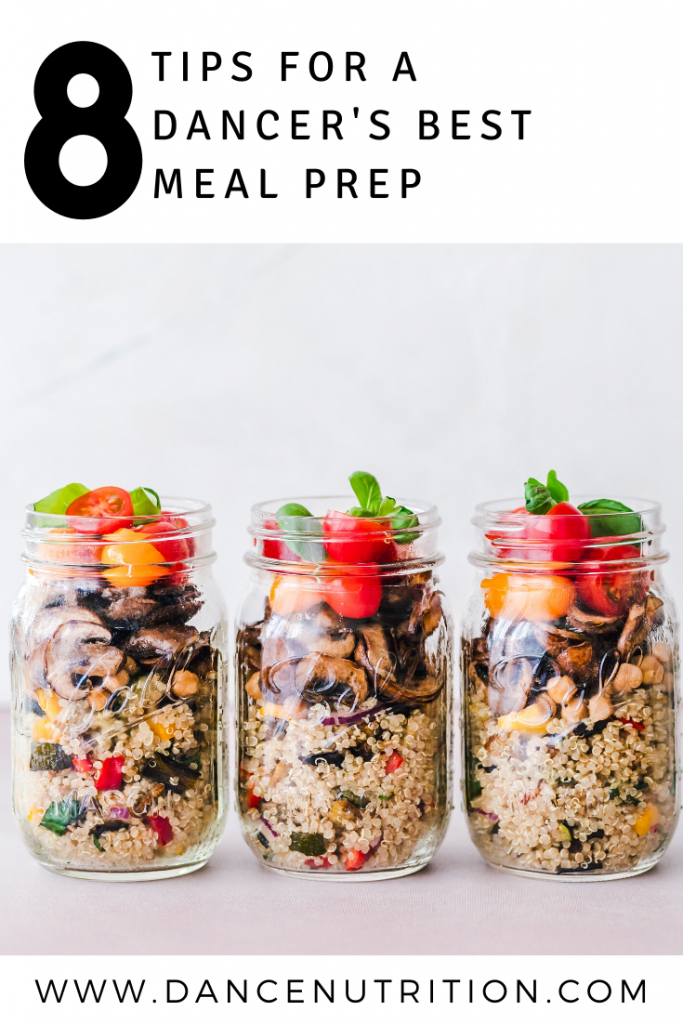 Some people love to cook and draw inspiration from it. Others, on the contrary, do it reluctantly and only out of necessity. But working with children is a real art, which will not only allow you to understand the psychology of babies, but also increase the level of your personal professionalism.
Some people love to cook and draw inspiration from it. Others, on the contrary, do it reluctantly and only out of necessity. But working with children is a real art, which will not only allow you to understand the psychology of babies, but also increase the level of your personal professionalism.
Enjoyable and useful pastime
When you cook with children, the little ones are almost transformed right before your eyes. This allows them to feel grown-up, responsible and in demand. Now they can independently cut, stir, boil and fry. This suggests that you trust them and fully open up to them. For children, this is not just a process of cooking, it is a real pleasure that only the most loving parents or mentors can offer.
Benefits of the
process You will immediately feel how different this process is from conventional cooking. It has a large number of features that you need to consider. Not only your personal relationship with the child depends on this (they will become much better), but also how the baby will react to this activity in the future. For them, this will become a real ritual that guarantees them peace and harmony in the family (this practice will definitely help them in building relationships with their future partners). This may also become their future profession, as the process of cooking is very exciting and educational. It should also be noted that this activity will allow them to be more self-confident, teach them to take reasonable risks and fight against failures (dishes do not always turn out exactly the way they were originally intended).
For them, this will become a real ritual that guarantees them peace and harmony in the family (this practice will definitely help them in building relationships with their future partners). This may also become their future profession, as the process of cooking is very exciting and educational. It should also be noted that this activity will allow them to be more self-confident, teach them to take reasonable risks and fight against failures (dishes do not always turn out exactly the way they were originally intended).
Children's sincerity
When cooking with children, you can count on an objective assessment. Many adults, due to their upbringing, do not allow themselves to say that the dish is tasteless. But kids are very honest people. Few of the children will be able to play delight. If they don't like something, they will say so directly. And how often do we miss just such a reaction! After all, it allows us to draw the right conclusions and improve our level of professionalism.
Self-reliance
Ask your child to help you do one of the processes. You will immediately see how the baby will be delighted with this. This allows him to be confident in his relevance. He will try to do everything as efficiently as possible, because for him this is a real test of independence. And even if you yourself offer him help at the end, make sure that he does not accept it immediately or even tries to cope on his own. Thus, the process brings up not only children, but also allows us to feel the support of our beloved kids ourselves.
Useful experiments
All chefs know what and how much to add to a dish. But children are a completely different perception of good. They can, as an experiment, put additional and even strange ingredients in your understanding. At the same time, the result will please them very much, which may also seem unusual to you (after all, children often criticize perfectly cooked food). Let them do what they want, adult perfectionism in this process is inappropriate.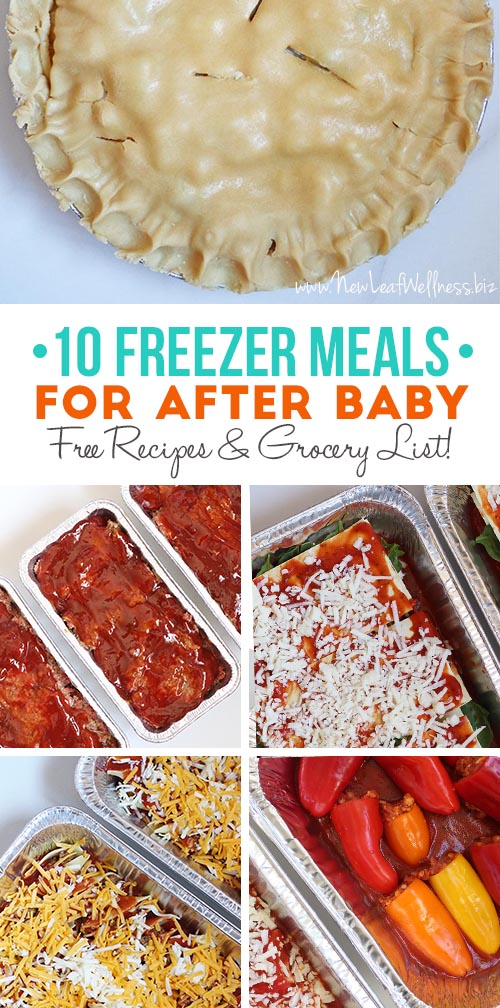 Let them try, experiment and take risks. And when the dish is ready, be sure to try it with them and tactfully say what portion of spices (or other types of products) would be optimal in this case. The child will definitely make the right conclusions, but will appreciate how much you trust him in choosing.
Let them try, experiment and take risks. And when the dish is ready, be sure to try it with them and tactfully say what portion of spices (or other types of products) would be optimal in this case. The child will definitely make the right conclusions, but will appreciate how much you trust him in choosing.
Time limits
If you are convinced that cooking with children is what you need, choose fast recipes. The psychology of children is to see the results of their work relatively quickly. And if you involve your baby in making a cake that needs to be kept in the refrigerator for several hours, he is unlikely to like it. The kid will just get tired of waiting when it will be possible to try what he has done. He will lose his desire, and next time he may simply not want to cook.
Little cooks
Get your little one involved in cooking together as early as possible. Let it be the simplest processes that are as safe as possible. This will help him navigate faster and allow him to develop better.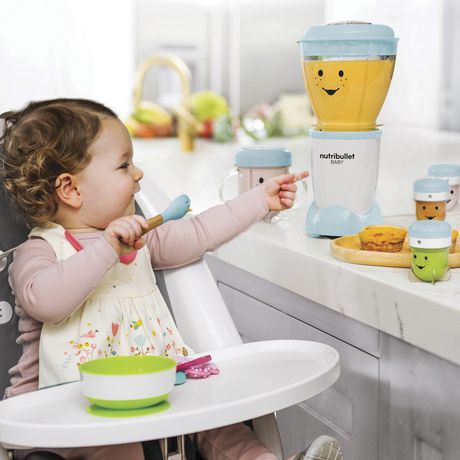 Just watch his mood, because a lot depends on desire. If a child does not want to spend time in the kitchen for any reason, in no case should he be forced or begged, this will not bring positive results.
Just watch his mood, because a lot depends on desire. If a child does not want to spend time in the kitchen for any reason, in no case should he be forced or begged, this will not bring positive results.
Great appetite
Many parents worry about their child having a great appetite. It is worth cautioning adults not to try to regulate it at their own discretion. Be sure that the baby consumes as much food as he is supposed to, and all that is superfluous will only harm him. Therefore, do not force, do not set conditions and do not bargain when it comes to the size of portions or the frequency of eating. Make the dishes colorful and original, then the child will eat them with great pleasure. It is also worth noting the process of cooking. If you introduce your baby to this activity, you will never have a problem with his appetite. What you cook together (especially according to the menu compiled by the child), he will definitely like it.
Instead of a conclusion
The experts unequivocally state that cooking together is beneficial for both children and adults.